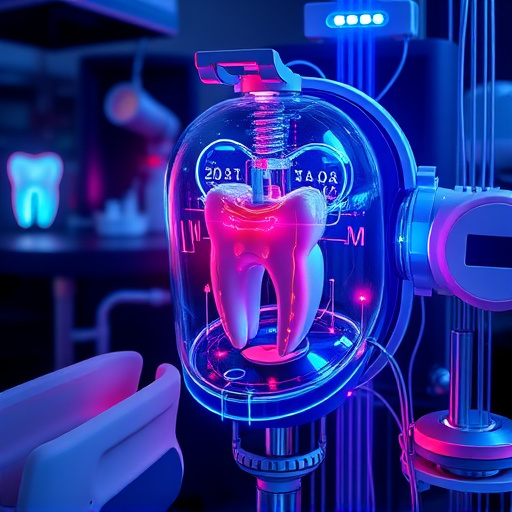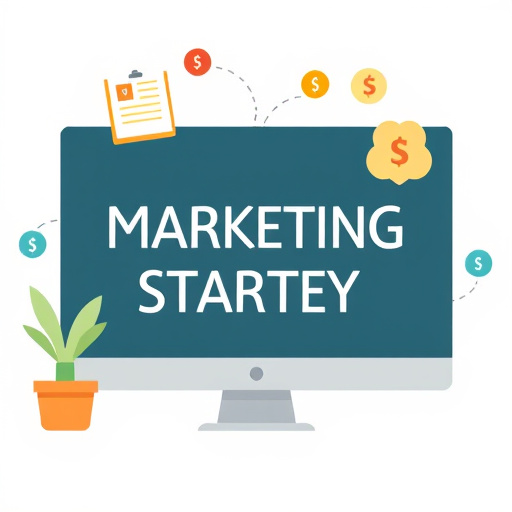Usability testing is a key step in web design services, focusing on user feedback to enhance website performance and functionality for local Miami businesses. By tracking metrics like bounce rates, time on page, and conversion rates, and using tools like Google Analytics and A/B testing, designers can improve user experience. Collaboration between Dallas SEO services and South Florida web designers leads to tailored changes, such as refining navigation and optimizing visuals, to boost engagement and search engine rankings, aligning with broader digital marketing goals.
Unleash the full potential of your website with usability testing—a powerful tool for optimizing performance. This comprehensive guide explores how professional web design services can enhance user experience through strategic testing methods. We’ll delve into key metrics and evaluation techniques, offering insights on identifying pain points and implementing effective changes. Discover how to create a seamless digital journey, driving engagement and conversion rates to new heights.
- Understanding Usability Testing for Websites
- Key Metrics and Techniques in Evaluation
- Implementing Changes for Optimal Performance
Understanding Usability Testing for Websites

Usability testing is an integral part of web design services that focuses on evaluating a website’s ease of use and functionality from the user’s perspective. It involves gathering feedback from real visitors to understand their interactions, preferences, and challenges while navigating the site. By conducting these tests, web designers and developers can identify pain points and make data-driven decisions to optimize the user experience. This process is crucial in enhancing website performance, ensuring that it not only looks aesthetically pleasing but also functions seamlessly for its target audience.
For businesses aiming to boost local search visibility and improve their organic SEO services, particularly in the Miami area, usability testing becomes an indispensable tool. It helps in refining web pages, improving site architecture, and creating content that resonates with local users. Through iterative testing and improvements, websites can be transformed into powerful tools for online success, driving more traffic and conversions while providing a seamless user journey.
Key Metrics and Techniques in Evaluation

When conducting usability testing for optimized website performance, several key metrics and techniques are essential. These include quantifiable data such as bounce rates, time on page, and conversion rates, which provide insights into user engagement and satisfaction. Tools like Google Analytics offer detailed reports on these metrics, allowing web design services to identify pain points and areas for improvement in both the professional web design and mobile-friendly website design.
Additionally, techniques like A/B testing and heatmaps help in understanding user behavior more profoundly. A/B testing involves comparing two versions of a webpage to determine which performs better, while heatmaps visualize where users click and hover, revealing preferences and interactions. Integrating these methods into your organic SEO services ensures that the website design is not only visually appealing but also highly functional, enhancing overall user experience.
Implementing Changes for Optimal Performance

Implementing changes for optimal website performance involves a strategic approach tailored by expert web design services. After usability testing uncovers areas of improvement, Dallas-based SEO services and South Florida web design professionals collaborate to enhance user experience. This process includes refining navigation, streamlining content delivery, and optimizing visuals for faster loading times—all crucial elements that contribute to higher engagement and better search engine rankings.
By integrating organic SEO services, these experts ensure that each modification aligns with broader digital marketing goals. Whether it’s improving mobile responsiveness or simplifying checkout processes, the ultimate aim is to create a seamless user journey that encourages conversions while maintaining strong online visibility through effective SEO strategies.
Usability testing is a powerful tool for any web design services, ensuring that websites not only look great but also function seamlessly. By understanding user behavior and applying key evaluation metrics, developers can make informed decisions to optimize performance. Implementing these changes iteratively leads to improved user experiences, higher conversion rates, and better overall website success. This data-driven approach is essential for staying ahead in the digital landscape.














